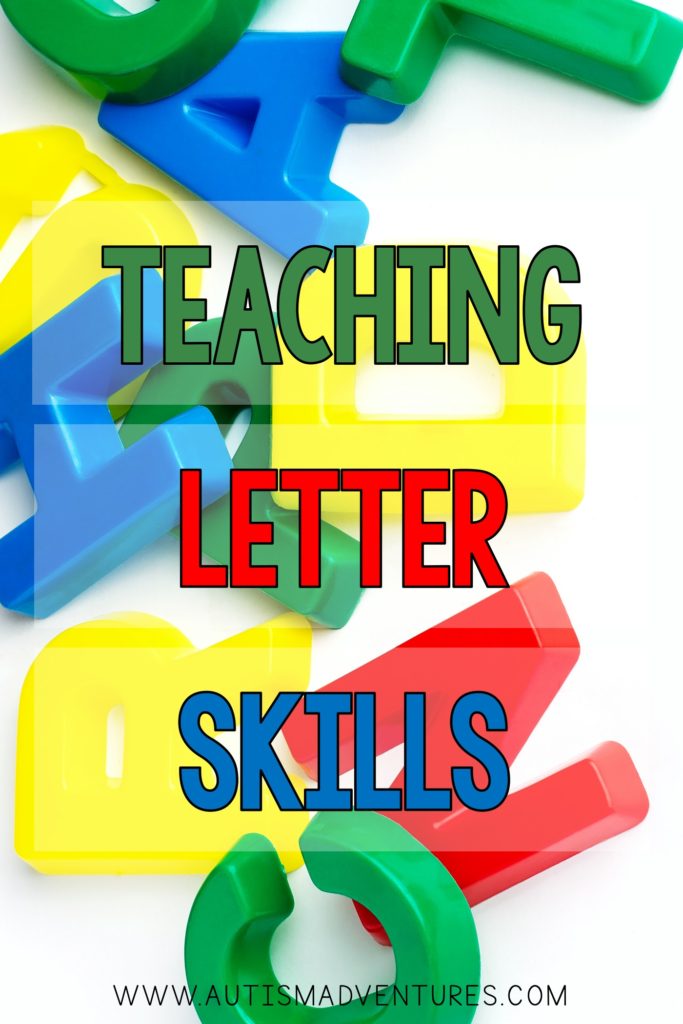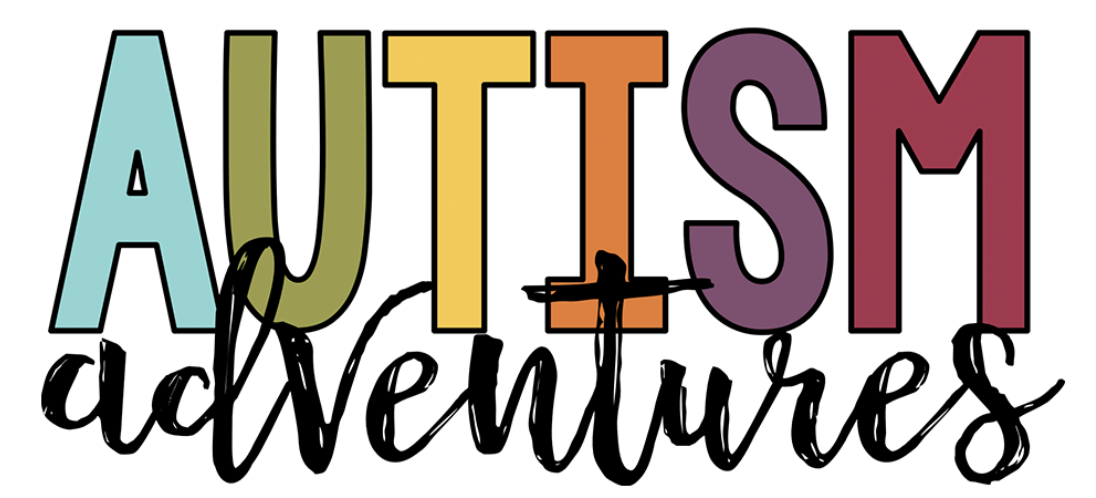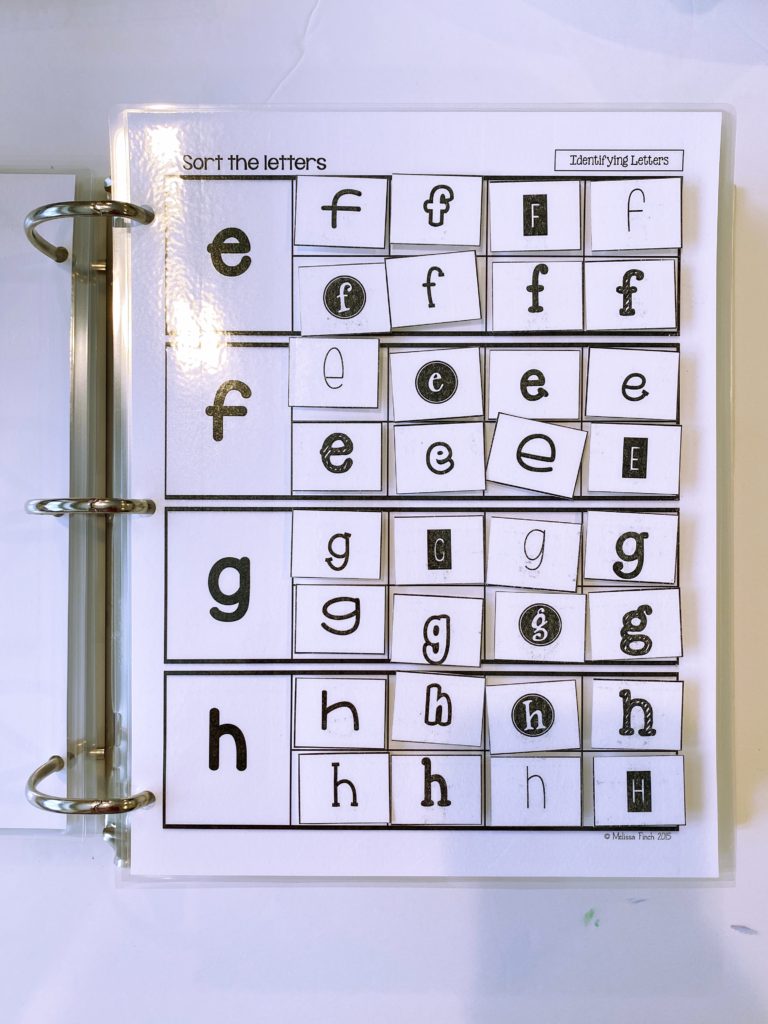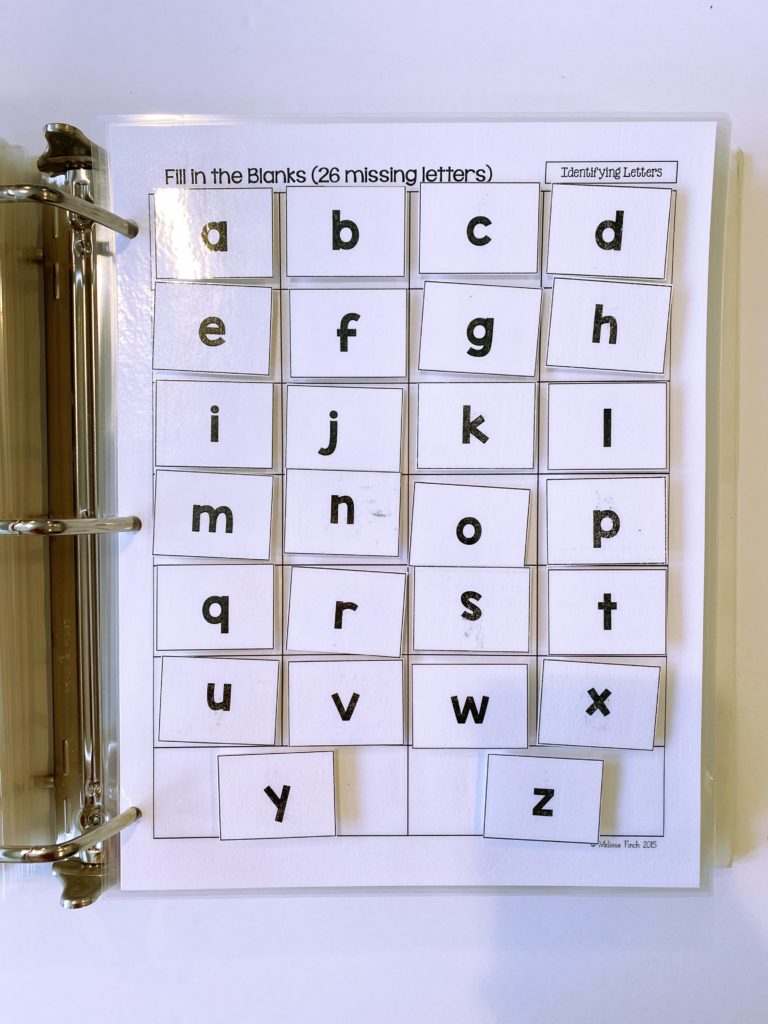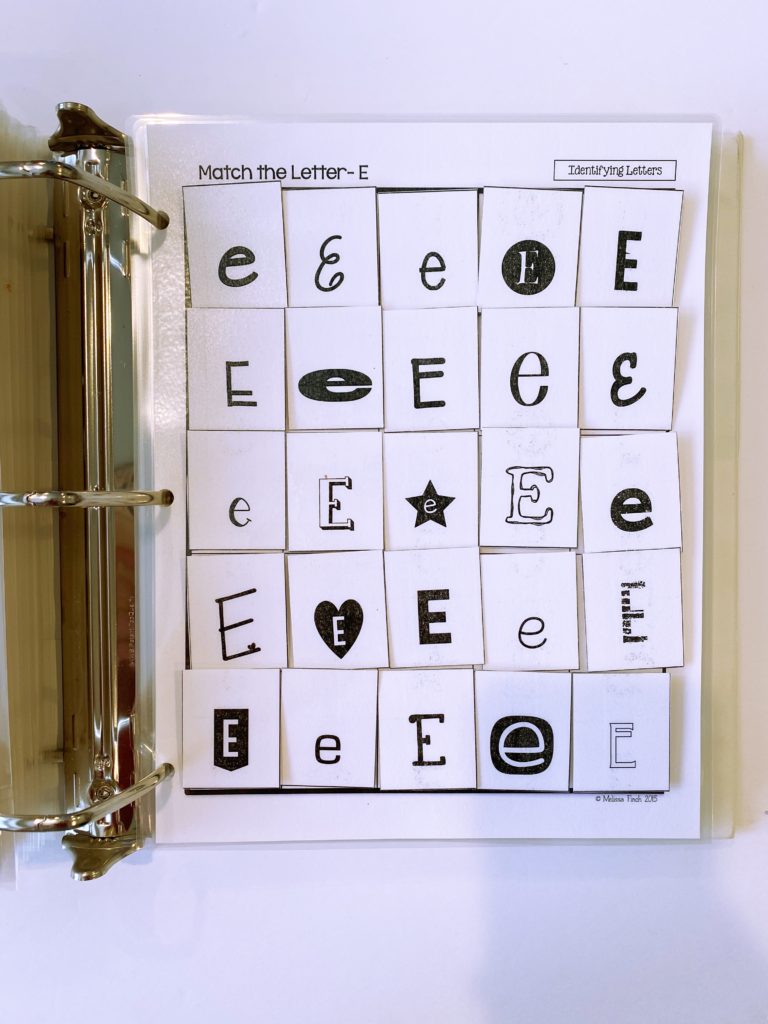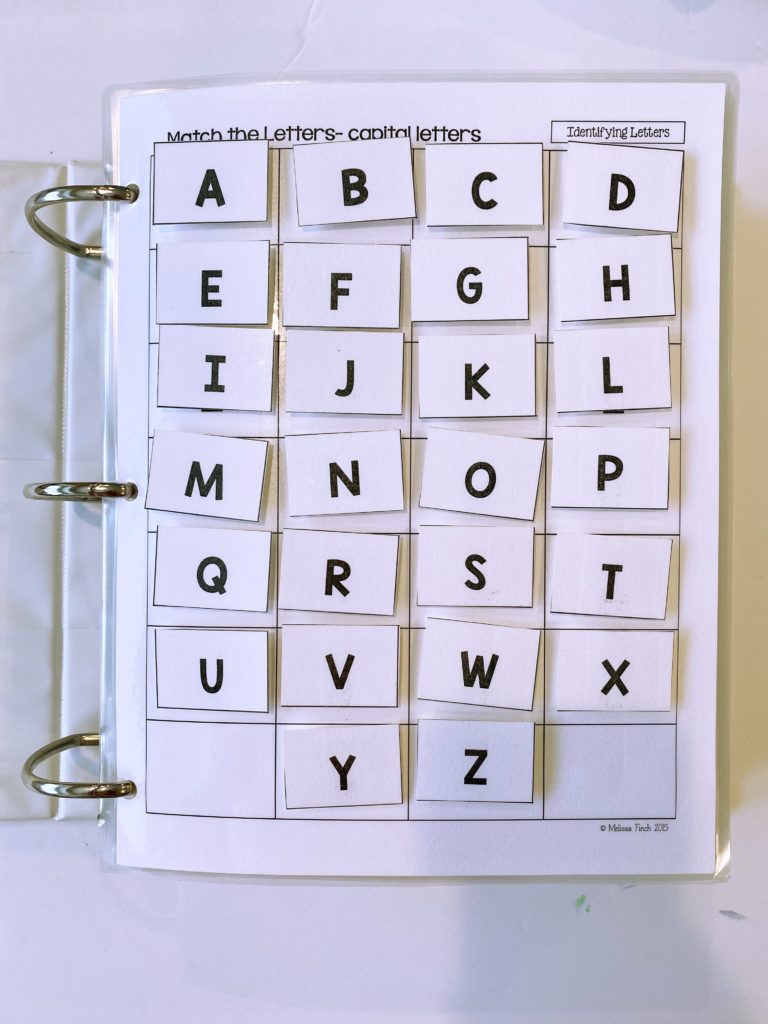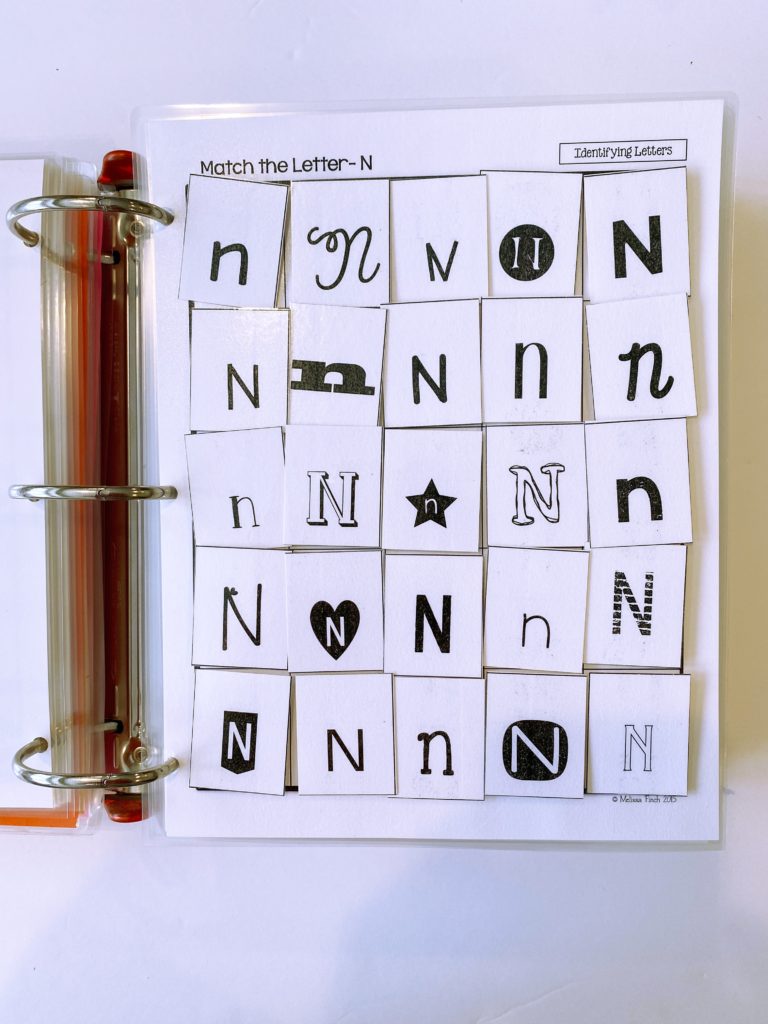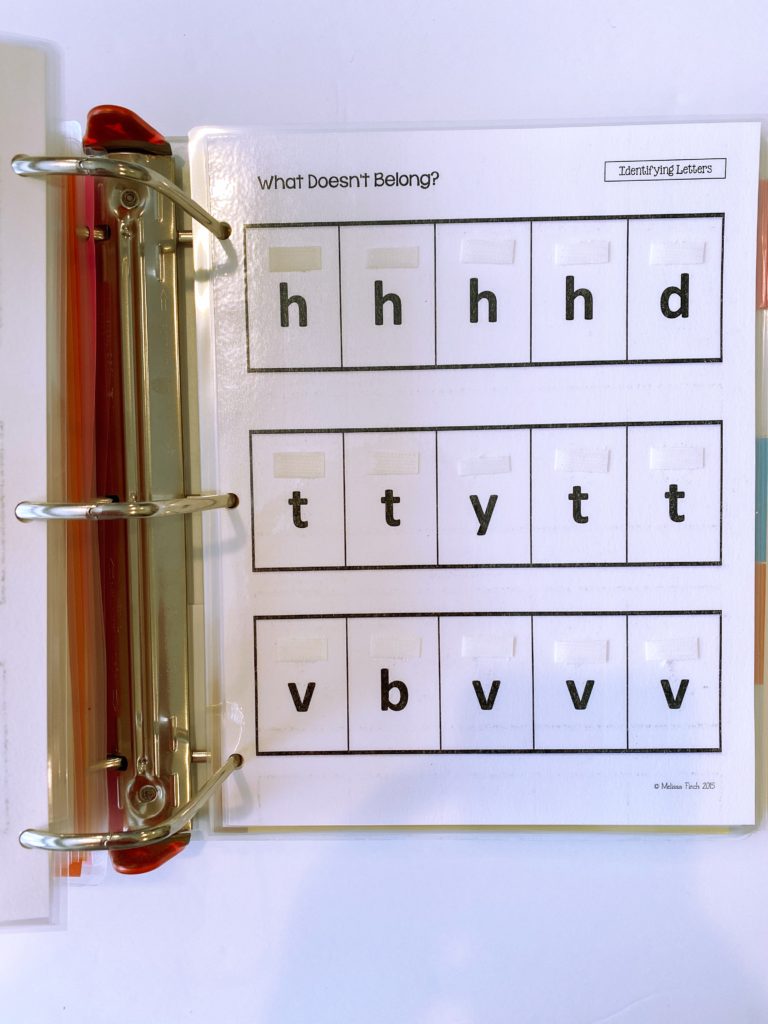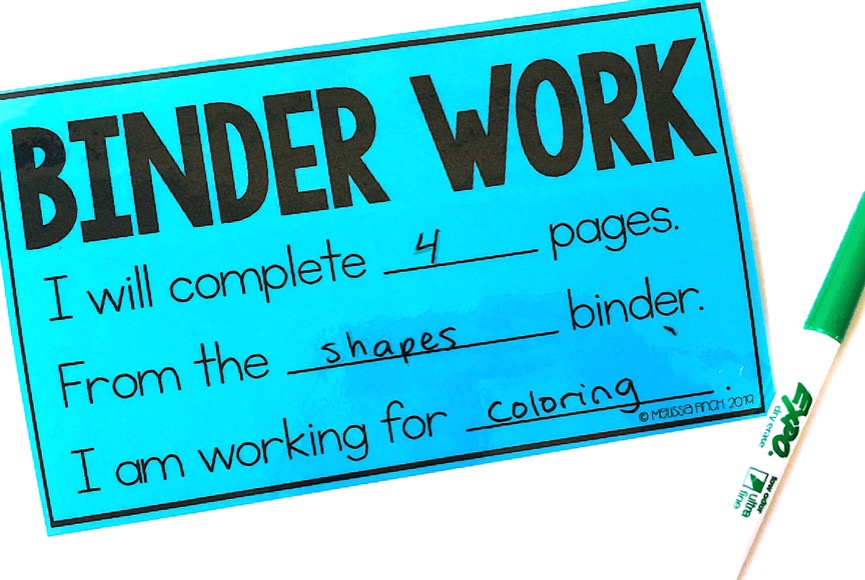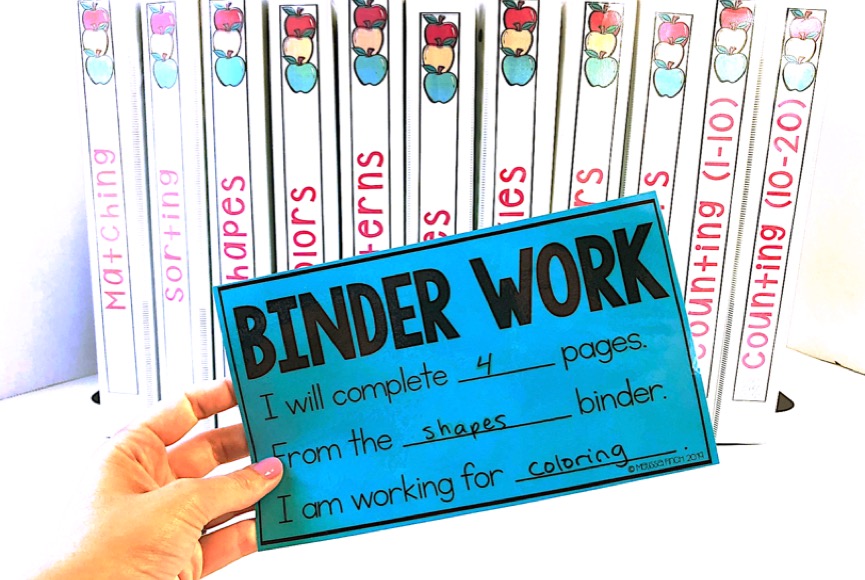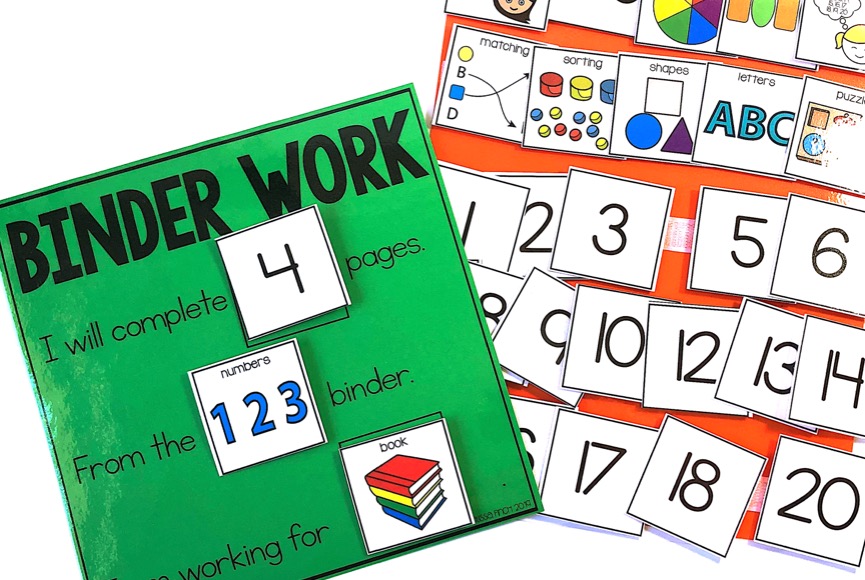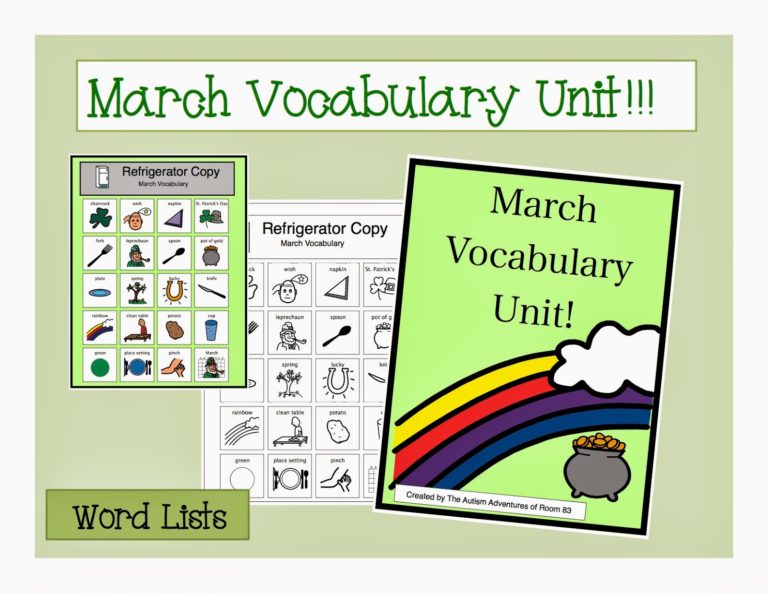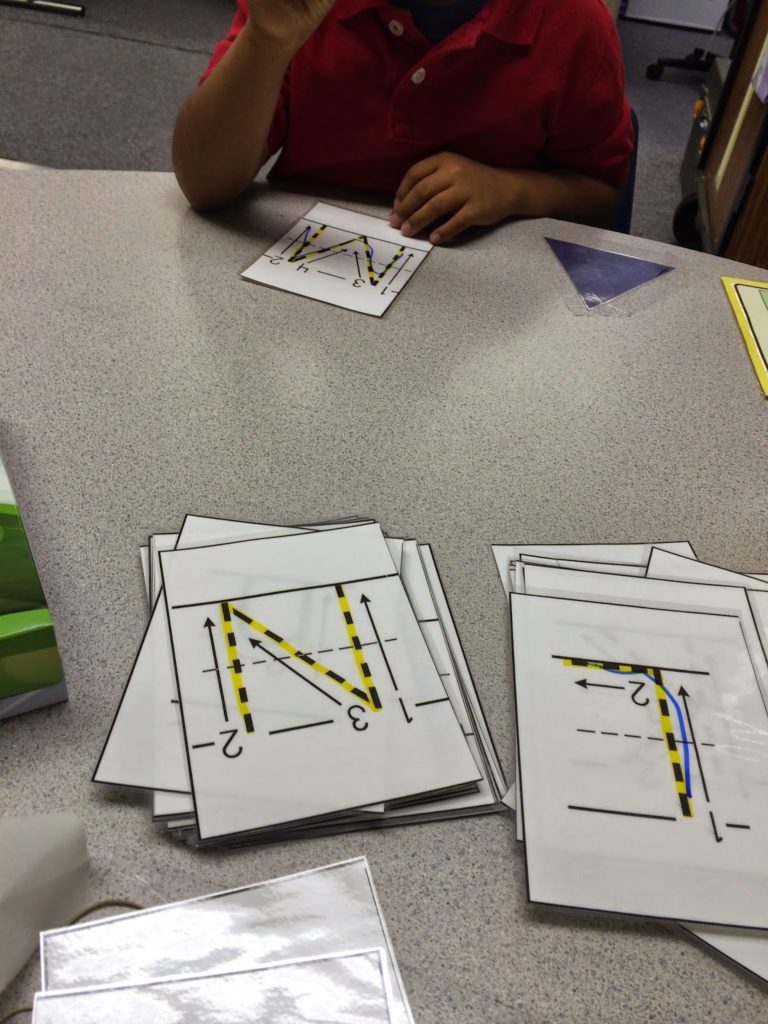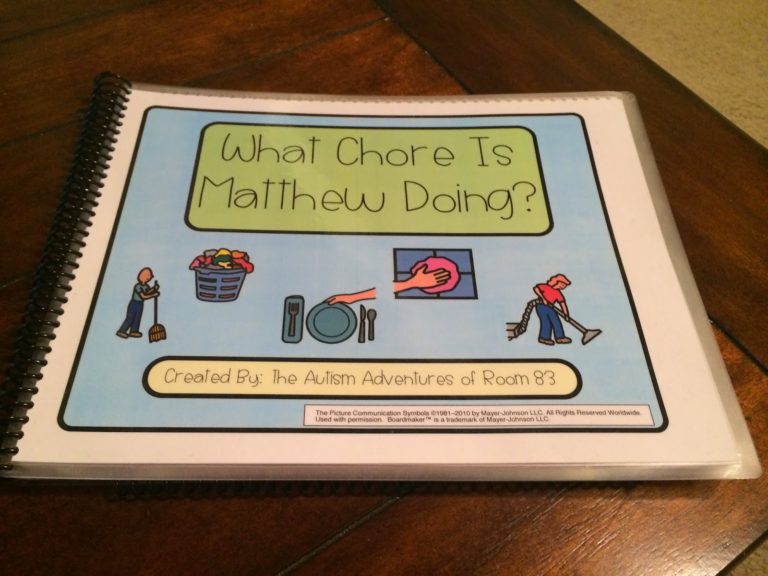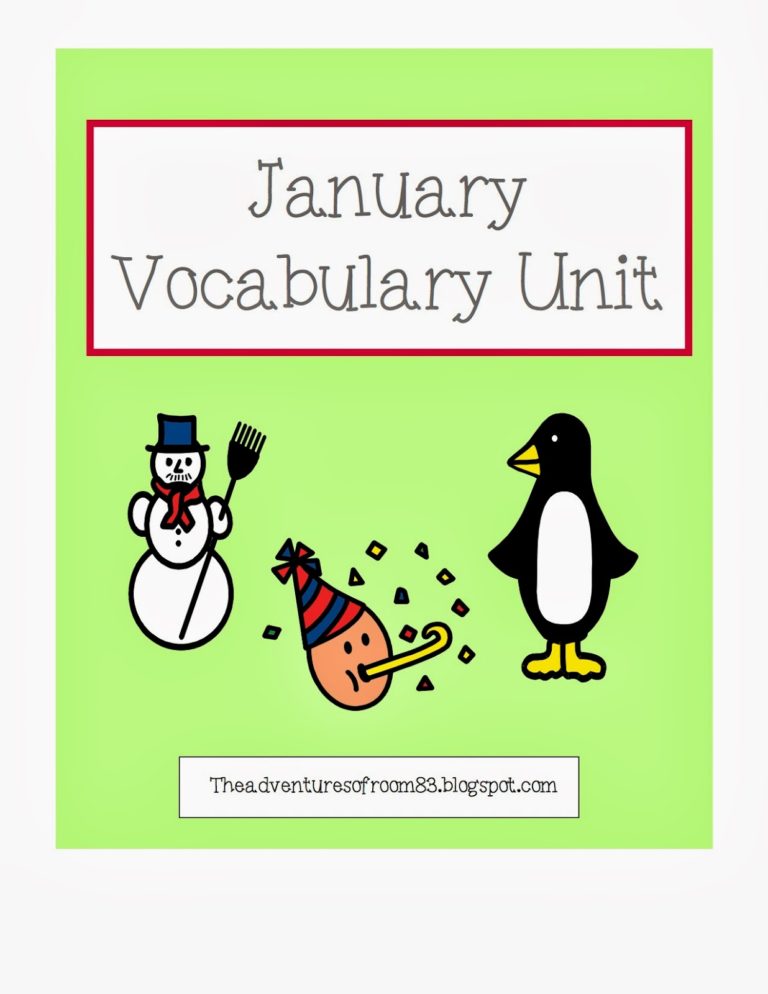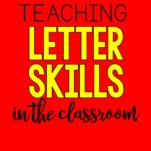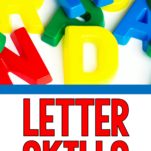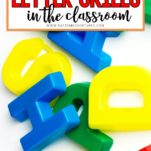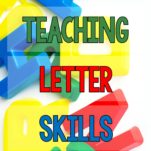Teaching Letter Skills in the Classroom
Teaching basic skills is so important in any classroom. Teaching basic skills can be fun, hands on and educational all at the same time. Today’s blog post I am going to be talking all about letter skills in the classroom, and why these skills are a crucial basic skill for students.
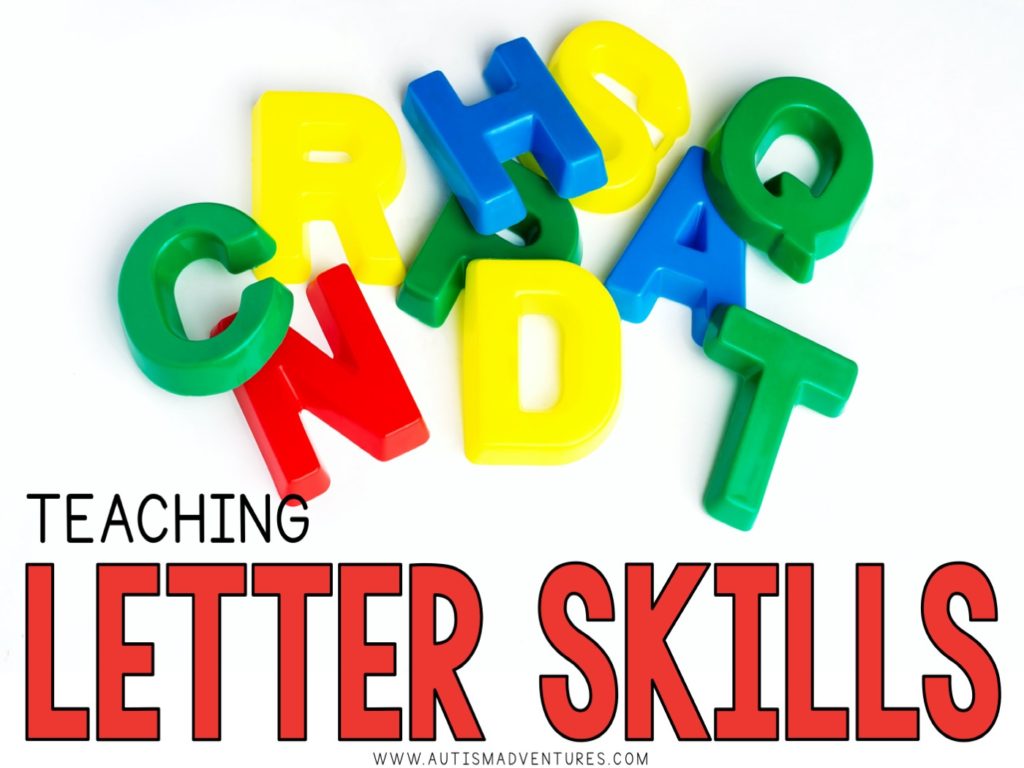
* This post may contain affiliate links. This means that if you click and end up purchasing, you pay no extra cost, but I earn a small fee for referring you.
Benefits of Mastering Letter Knowledge
“A, B, C, D, E, F, G….”
One of the very first songs that children learn how to sing is the alphabet song. Truly, this is the beginning of letter knowledge, and children start hearing this song before they can even talk! So, yes, children are learning letter names from the very beginning of their lives.
And that is a good thing, because the knowledge of letter names is the best predictor of future reading and spelling ability. When children have a strong understanding of the alphabetic principle – that letters represent sounds and that letters and sounds go together to make words – and they know the letters and their sounds early on, they typically become strong readers.
Also, knowing the names of letters helps give children clues about the sound that the letter makes. For example, when the child names the letter “m”, saying “emmm” gives him a clue of the sound of that letter. With practice, children can learn to identify letters easily, which enables them to learn letter sounds.
How Letter Knowledge Leads to Real-World Learning
Letter skills is the first step on the path to reading and reading influences every part of life. We read something every day – from recipes to blogs to airline schedules to instructions for the newest technology you just purchased! Many things, such as podcasts and streaming video with audio, do not require a person to read. There are even software applications that read for you! However, the ability to read is important; a person who can read can educate themselves in any area. All of this begins with letter knowledge.
Activities to Build Letter Knowledge in the Classroom
There are so many activities that teachers can do to build letter skills in their students. These activities can also be shared with parents and families so that they can do them at home.
Name Sort
On the first day of school, take pictures of the students. Write the name of each student on a sentence strip and attach the picture to it. On a classroom wall, display large cards with the letters of the alphabet and place the students’ pictures and names below the letter of their first name. You can then have conversations with students like, “This word starts the same way that Danielle’s name does. Can you find Danielle’s picture and use that letter?”
Letter of the Week
One strategy for teaching letters is to have a “letter of the week.” Focus on that letter in as many ways as you can – read books with characters that start with B (“Brown Bear, Brown Bear, what do you see?), have snacks that start with B (banana, brownies, blueberries), and ask children to bring in something for show and tell that starts with B.
Alphabet Books
Teachers in the early grades (preschool through kindergarten) should take advantage of the many, MANY alphabet books that are available. You might also have children make pages for a classroom alphabet book.
Sensory Letters
Tactile ways of forming letters is an effective (and fun!) strategy. Provide children with play-doh and have them create letters with it. Or if you have letter cookie cutters, they can cut out letters with play-doh. Another option is to squirt a little white, foamy shaving cream on each child’s desk. They can write the letter that you call out and then “erase” it simply by wiping. The extra benefit: Your classroom smells GREAT!
Letter Centers
Besides whole-class activities like those described above, teachers can provide letter activities in centers. Alphabet puzzles and alphabet blocks are standard materials in many early-grades classrooms. Letter cards with accompanying lettered clothespins allow for matching activities. Children can match lower-case letters, upper-case letters or the lower-case on the card with the upper-case on the clothespin.
Letter Bingo
Small-group or 1:1 activities are also effective in facilitating letter knowledge. Playing letter bingo or using letter flashcards are fun for kids.
Letter Binder Tasks
I am a huge believer in binder tasks and file folder activities in the classroom. They may require a lot of prep in the beginning, but offer so many benefits for years to come.
This Binder Work System focuses on letter tasks to build letter skills! There are 55 interactive pages that can be used to practice identifying letters. A wide variety of letter activities are included to meet the needs of all of your students! All of these binder task activities are non-seasonal, meaning they can be used year round!
This bundle includes:
- matching letters
- Letter sorting
- sorting capital vs. lower case
- Matching different fonts
- What doesn’t belong?
The Binder work system is great for early childhood programs, special education programs or autism classrooms/programs. The Binder Work system was designed to create a systematic routine system for students to work independently on already mastered skills that they learn at the math, reading, and writing centers/classes. This can be an every day work center/rotation within your classroom that requires no planning. To learn more about organizing and storing binder tasks, read this blog post HERE.
If you are looking for some free binder task visuals, click on the images below or read this old blog post HERE.
This product can be used 3 different ways:
- Print, laminate and assemble in binders for reusable interactive work tasks
- Assemble into file folder activities
- Print and use as cut and paste worksheets for extra practice/fillers
Letter Activities and Games
Below are some great games to practice letters in the classroom! These are all available on Amazon and most are also available at common places like teacher supply stores, Target and Walmart!
In Summary
Many of the activities that you do in your classroom can also be recommended to parents. However, if parents are going to do ONE thing, magnetic letters give a big “bang for the buck”. Parents can put them on the refrigerator and have their child identify them one at a time. Then have them put them in order. For matching, write one letter on each individual post-it note and put the post-its on the fridge. Have the child place the matching magnetic letter on the appropriate post-it.
Like what you read? Don’t forget it, PIN IT!
